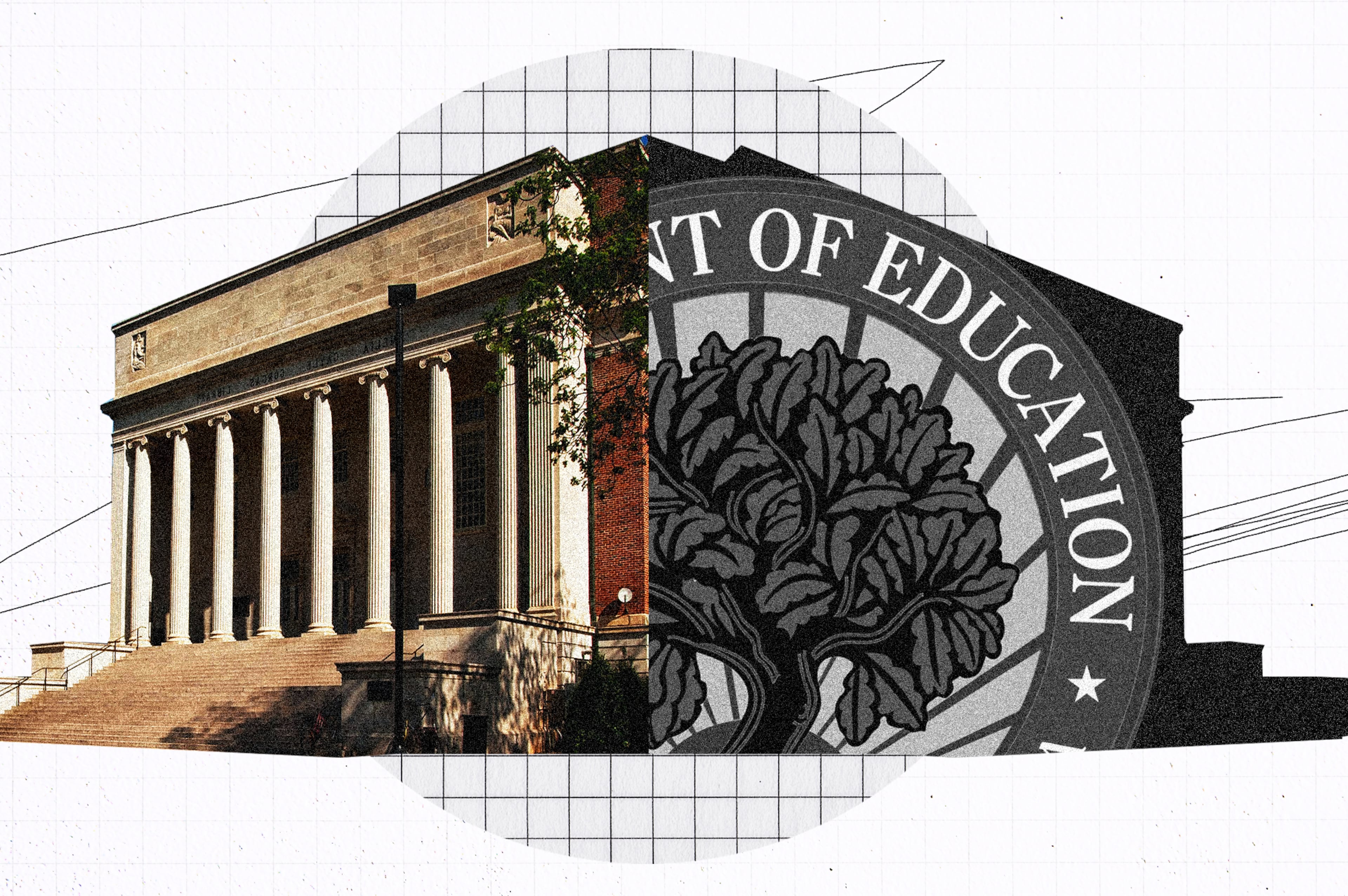Integrated schools are vital to safeguarding American democracy

“If Russia is, in fact, exploiting our racist tendencies to dissolve our union, then you’d have to look at something like racism as a matter of national security.”
Comic Dave Chappelle made that comment in a 2020 interview with David Letterman. He was not alone in that belief; a year before, a U.S. Senate Intelligence Committee found that Russian disinformation operatives had used racist posts on social media to attempt to stir conflict between people to suppress the Black vote in 2016.
The 2016 election is also not the first time American security has been threatened by racism: Researchers found that Black Americans were significantly less likely to enlist in the military in the lead-up to World War II if they were exposed to racial discrimination at home.

Recently, several decorated military leaders argued that race must be a factor in the analysis of the United States military.
When addressing the problem of a predominantly white officer corps that did not resemble the diverse service members, the high-ranking officials gave credit to a surprising source: school composition. They wrote, in defense of affirmative action, “Prohibiting educational institutions from using modest, race-conscious admissions policies would impair the military’s ability to maintain diverse leadership, and thereby seriously undermine its institutional legitimacy and operational effectiveness.”
Perhaps for this reason, even as the U.S. Supreme Court effectively ruled last year that the use of race in college admissions decisions was unconstitutional, military academies were exempted.
I’ve been studying and writing about race in schools for years in my previous role as an education budget and policy analyst and more recently as the director of policy and advocacy for Brown’s Promise, a new organization housed in the Southern Education Foundation to advance school integration and equitable resources. Both are necessary for a thriving democracy. For proof, consider the results of two decades of court-ordered desegregation on our nation’s children following the landmark ruling of Brown v. Board of Education.
School stakeholders I work with and for are surprised to learn that schools today are more segregated than they were in the 1970s. The promise of a school that resembled the wider community appears abandoned in favor of the long-debunked hope that separate can one day truly be equal.
The research is clear that diversifying schools by race and socioeconomic status creates powerful and positive long-term academic and economic outcomes for all students, and particularly for Black and Latino students as well as students from low-income families. Children who experienced school integration had more years of educational attainment, were more likely to go to college, showed increased critical thinking and problem-solving skills and earned higher adult income.
These benefits, however significant, somehow undersell the total value of school integration in the United States. Education is a public good commodity because its impact goes beyond the individual. Every state’s constitution, including Georgia’s, includes a right to universal K-12 education because it is necessary for a thriving society.
Economists call this phenomenon “positive externalities” and it helps to explain why decorated military officials would weigh into postsecondary education enrollment policy. School integration has proven to reduce bias and prejudice and increase the odds that students, when they become adults, choose to live in more integrated neighborhoods and send their own children to more integrated schools.
No rational person would argue that the integration post-Brown was faultless; the harms of combining schools — longer bus routes, teachers and administrators let go when schools combined, etc. — were almost entirely borne by people of color.
But the sins of the past do not have to be replicated in the future. Integration in Hartford, Connecticut; Louisville, Kentucky; and Charlotte, North Carolina, shows that you can create policies of school reassignments that value all student experiences. State lawmakers today have a litany of policies available to advance school integration to every child’s benefit.
What we cannot do, if we value the American experiment, is sit idly by while our state becomes more siloed and fractious. We should be eager to reexamine strategies that have proven to bring neighbors together and raise the quality of life, especially for those who live in communities traditionally kept from high-quality schools.
If racism is a threat to national security, policies such as school integration should be thought of as national defense.
Stephen J. Owens has previously worked for the Georgia Department of Education as a data analyst and the Georgia Budget and Policy Institute as their education director. He is now the director of policy and advocacy for Brown’s Promise, an organization advancing school equity through school integration, housed in the Southern Education Foundation. He lives in Atlanta with his wife and five children.


